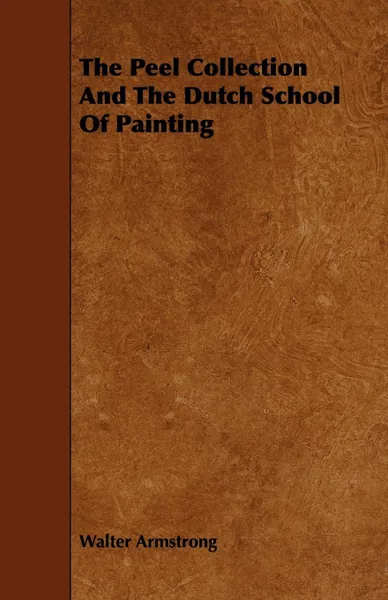The Peel Collection And The Dutch School Of Painting 12+
Автор: Walter Armstrong
2008
144 страницы
Категория: Искусство и культура
ISBN: 9781443776097
Язык: Английский
📗 THE collection of seventy-eight pictures brought together by the second Sir Robert Peel, and purchased for the National Gallery from the third baronet in 1871, consists of fifty-five examples of the Dutch School, twelve of the Flemish and ten of the British. It also includes an Italian picture of no importance, and eighteen drawings by Rubens and Van Dyck. The Flemish dozen includes the famous Chapeau de Paille, now corrected into Chapeau de Poil, of Rubens, and another example of the same master in the fine Triumph of Silenus. In consequence of always being skied, this Triumph has never attracted the admiration it deserves. His own portrait represents Van Dyck, and a Family Group Gonzales Coques. The seven specimens of David Teniers the younger are good though not superlative examples they are far inferior, for instance, to the Players at Tric-Trac bequeathed by Lord Farnborough. The English, or rather British, pictures include eight Sir Joshuas, one Lawrence and one Wilkie. With the exception of the Rubens pictures and drawings, which deserve a monograph to themselves, none of these touch the high level reached by the Dutch collection. Over this Sir Robert displayed a solicitude which had scarcely been equalled since the making of that famoushoiseul gallery in which so many of his own treasures had once had a home. He sought the best advice, never hesitated to draught an inferior specimen when a better one was to be had, and so gradually brought together in his house in Whi...
Мнения
